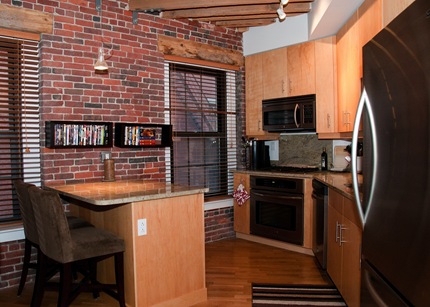In today’s world where you are able to purchase everything from all season radial tires to downloading your favorite groups latest mp3 album, we have grown accustomed to making purchases online without a moment’s thought. And over the last few years this practice of making online purchases has opened up more and more people to identity theft.
Identity theft occurs when someone is able to access another’s credit information, and uses this information to make unauthorized charges using that other person’s credit, without their prior knowledge. This is a crime whose statistics are staggering to say the least as it was reported that more than 10 million Americans were the victims of identity theft between 2008 through 2009. When someone’s identity has been stolen there are many consequences that become attached to this crime which can adversely affect the victim. One way of fighting identity theft is through the process of freezing your credit.
When you are the person who is the victim of identity theft, and you have decided that freezing your credit is your only avenue for recourse, there are a few things that have to happen. First you need to understand what freezing one’s credit actually means. The process of a credit freeze, also known as a “security freeze” involves a person working with all of the recognized credit reporting agencies and having their credit information locked or frozen so that if someone were to try to use your credit, it cannot happen if the action has to be accomplished by it being reported to one of the credit reporting agencies. Once you have decided to go with this course of action, either a password or a pin number will be established and this is for the purpose of your being able to either temporarily lift the freeze or permanently have it removed.
The problem is that this solution can become a double edged sword. On the one hand you have essentially stopped anyone including a credit card company from being able to take a look at your credit history and information. This makes it difficult for a credit card company to issue a credit card in your name, so someone attempting to fraudulently have a credit card issued in your name will not be able to do this, but it also means that while the freeze is active you will not be able to get a credit card either. And for someone who is trying to re-establish their credit history, this makes that a pretty tough thing to do. And another issue arises when your address and or your name needs to be updated. These two things usually happen automatically when either occurs, but with your credit information frozen, you will have to do some extra leg work and do it manually. All three of the reporting credit services, Experian, Equifax and Trans Union have been on board with the practice of credit freezes for several years now. Each of these credit reporting agencies have different fees associated with this service which usually range from $5 to $10 dollars but in a few states can run as high as $20 dollars.
The other thing that freezing your credit does not accomplish is limiting someone from attempting to commit identity fraud by using your already established accounts including any non-credit checking accounts, savings accounts and any established credit card accounts, but if you suspect that someone has or is using your identity and committing identity theft, it is still a prudent move on your part to contact the above mentioned credit reporting agencies and have them apply a credit freeze for you.
As you consider this information from the standpoint of purchasing a home, be aware that lending practices have become more stringent in the past several years, making it more difficult for buyers to secure mortgage financing on a home purchase, making it that much more important to maintain, and even grow, your credit score.








